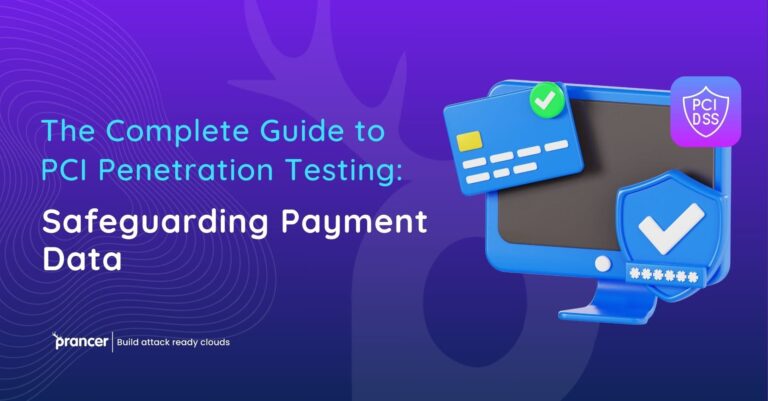Introduction
Excessive Data Exposure refers to the risk of exposing sensitive data through APIs, either intentionally or unintentionally. This can occur when APIs allow access to more data than is necessary, or when data is not properly protected or redacted when returned to the caller.
Risks
Some common risks associated with Excessive Data Exposure include:
- Sensitive data being accessed or compromised by unauthorized parties
- Loss of confidentiality or privacy for users whose data is exposed
- Reputational damage for the organization due to data breaches
Attack Scenarios
Attack scenarios for cloud applications may include:
- An attacker intercepts an API call and modifies the request to access more data than they should have access to
- An attacker exploits a vulnerability in the API to access sensitive data without proper authorization
- An attacker uses an API to retrieve large amounts of data, potentially overwhelming the API and causing a denial of service
Vulnerable Sample Code
A vulnerable sample of code in Go lang might look like this:
func getUserData(w http.ResponseWriter, r *http.Request) {
// Get the user's ID from the request
userID := r.Header.Get("X-User-ID")
// Retrieve the user's data from the database
user, err := database.GetUser(userID)
if err != nil {
http.Error(w, "Error retrieving user data", http.StatusInternalServerError)
return
}
// Return the user's data to the caller
json.NewEncoder(w).Encode(user)
}
In this example, the API call retrieves a user’s data from a database based on the user’s ID, which is passed in the request header. However, there is no validation or authorization check to ensure that the caller is authorized to access the user’s data, and the entire user record is returned to the caller without any redaction. An attacker could exploit this vulnerability by intercepting the API call and accessing sensitive data that they should not have access to.
Sample Attack
A sample attack payload using the curl command might look like this:
curl -H "X-User-ID: attacker_user_id" http://api.example.com/getuserdata
In this example, the attacker is using curl to send an API request with a modified user ID in the request header. If the API is vulnerable to Excessive Data Exposure, the attacker may be able to access sensitive data belonging to the user with the specified ID.
MITRE ATT&CK framework reference
Excessive Data Exposure can be mapped to the Tactic: Discovery and the Technique: Data from Information Repositories in the MITRE ATT&CK framework. This technique involves accessing data from information storage and management systems, such as databases or APIs.
Mitigation
To mitigate the risk of Excessive Data Exposure, organizations should ensure that they only expose the minimum amount of data necessary through their APIs, and properly validate and enforce permissions on API calls to ensure that only authorized parties have access to sensitive data. Additionally, organizations should properly redact or mask sensitive data when returning it to the caller, and implement proper logging and monitoring to detect and respond to any unauthorized access or manipulation of sensitive data. Regularly reviewing and testing the security of their API implementations can also help to identify and address vulnerabilities.
Download API Security whitepaper
Our in-depth whitepaper provides valuable insights into how Prancer Security’s cutting-edge solution mitigates critical risks such as unauthorized access and data breaches, while adhering to the highest security standards.
Don’t leave your API security to chance – download our comprehensive whitepaper now and discover how Prancer Security can safeguard your organization from potential threats!






